Resources and Spectroscopy Tips

 McPherson offers several different spectrometer systems designed for efficiency and ease-of-use at high energy (eV) / short wavelengths (nm). Here are descriptions of four instrument systems developed specifically for analytical and diagnostic spectral metrology of soft x-ray and ultrafast extreme ultraviolet photon sources and laser systems. These spectrometer instruments can make optical measurements from 0.5 to more than 500 nanometers. Working in the UV? McPherson has it covered.
PDF version
McPherson offers several different spectrometer systems designed for efficiency and ease-of-use at high energy (eV) / short wavelengths (nm). Here are descriptions of four instrument systems developed specifically for analytical and diagnostic spectral metrology of soft x-ray and ultrafast extreme ultraviolet photon sources and laser systems. These spectrometer instruments can make optical measurements from 0.5 to more than 500 nanometers. Working in the UV? McPherson has it covered.
PDF version
VUV absorbance spectroscopy of liquids and gases
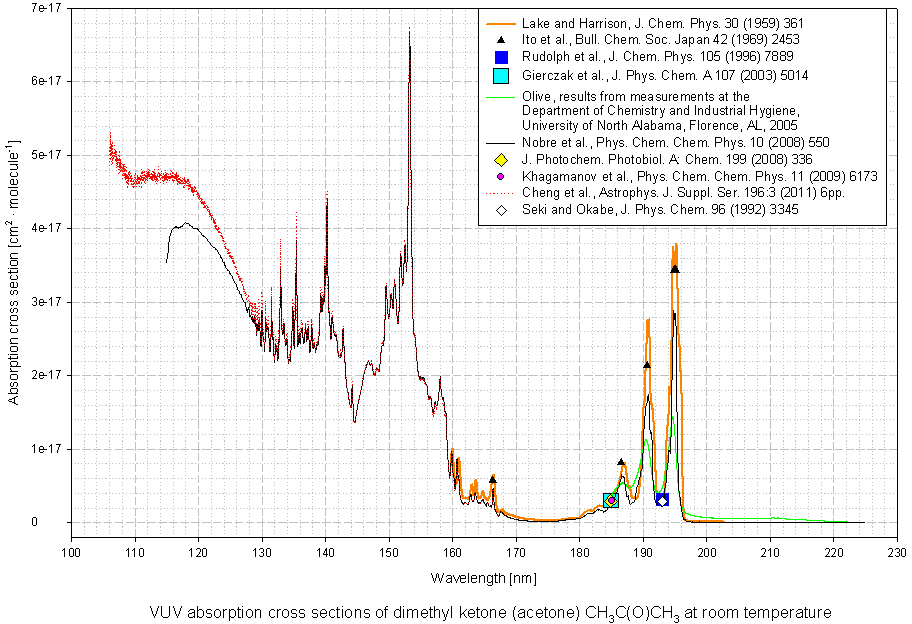 Absorbance measurements take many forms. They work well for gases and liquids, and have found their way into many applications. Samples do not need to fit 1 cm path length cuvettes! Flow cells, dip probes, multi-pass cells, and more, allow sampling to be customized. For example, McPherson has special flow cells for gas and liquid analysis at very short wavelengths. Our absorbance instruments work from 115 or 120 nanometers in the deep UV and up to the Visible light region.
PDF version
Absorbance measurements take many forms. They work well for gases and liquids, and have found their way into many applications. Samples do not need to fit 1 cm path length cuvettes! Flow cells, dip probes, multi-pass cells, and more, allow sampling to be customized. For example, McPherson has special flow cells for gas and liquid analysis at very short wavelengths. Our absorbance instruments work from 115 or 120 nanometers in the deep UV and up to the Visible light region.
PDF version
UV and plasma cleaning diffraction gratings
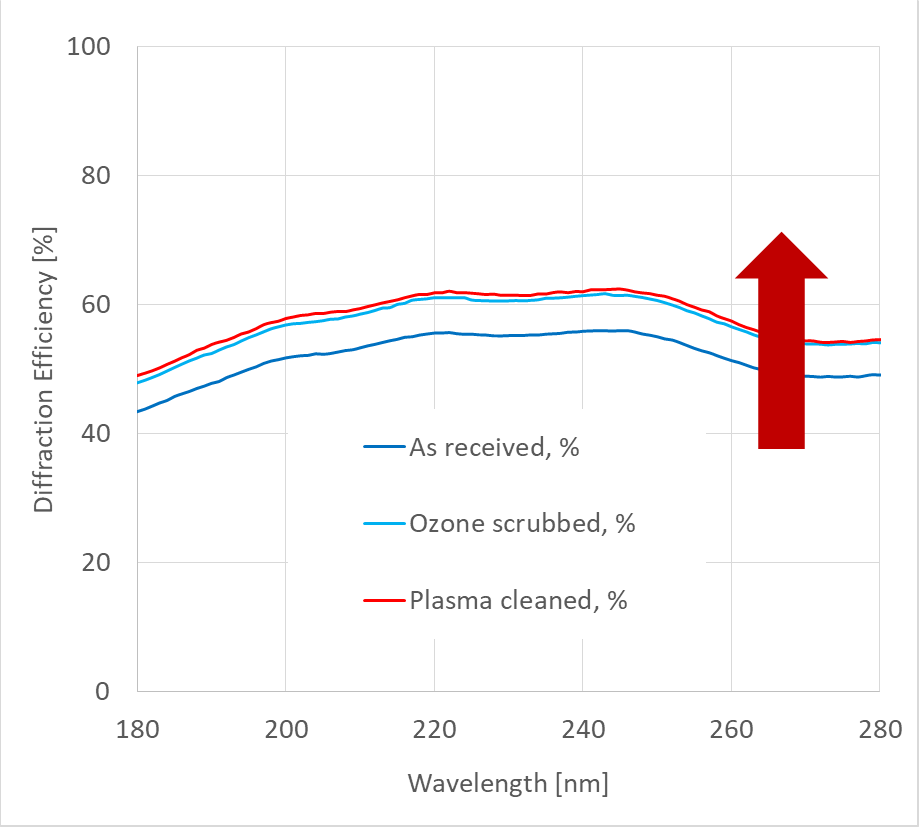 We do not recommend or normally attempt to plasma clean reflective optics. With UV ozone-scrub and plasma cleaning together or separately, measured diffraction efficiency improved. Approximately 10% improvement was measured, across the board, after the cleaning sequence. Scanning electron microscope (SEM) images from a Phenom Pure show no change to groove profile or surface of the diffraction grating. PDF version
We do not recommend or normally attempt to plasma clean reflective optics. With UV ozone-scrub and plasma cleaning together or separately, measured diffraction efficiency improved. Approximately 10% improvement was measured, across the board, after the cleaning sequence. Scanning electron microscope (SEM) images from a Phenom Pure show no change to groove profile or surface of the diffraction grating. PDF version
Wavelength Dependent Performance Loss in the Ultraviolet
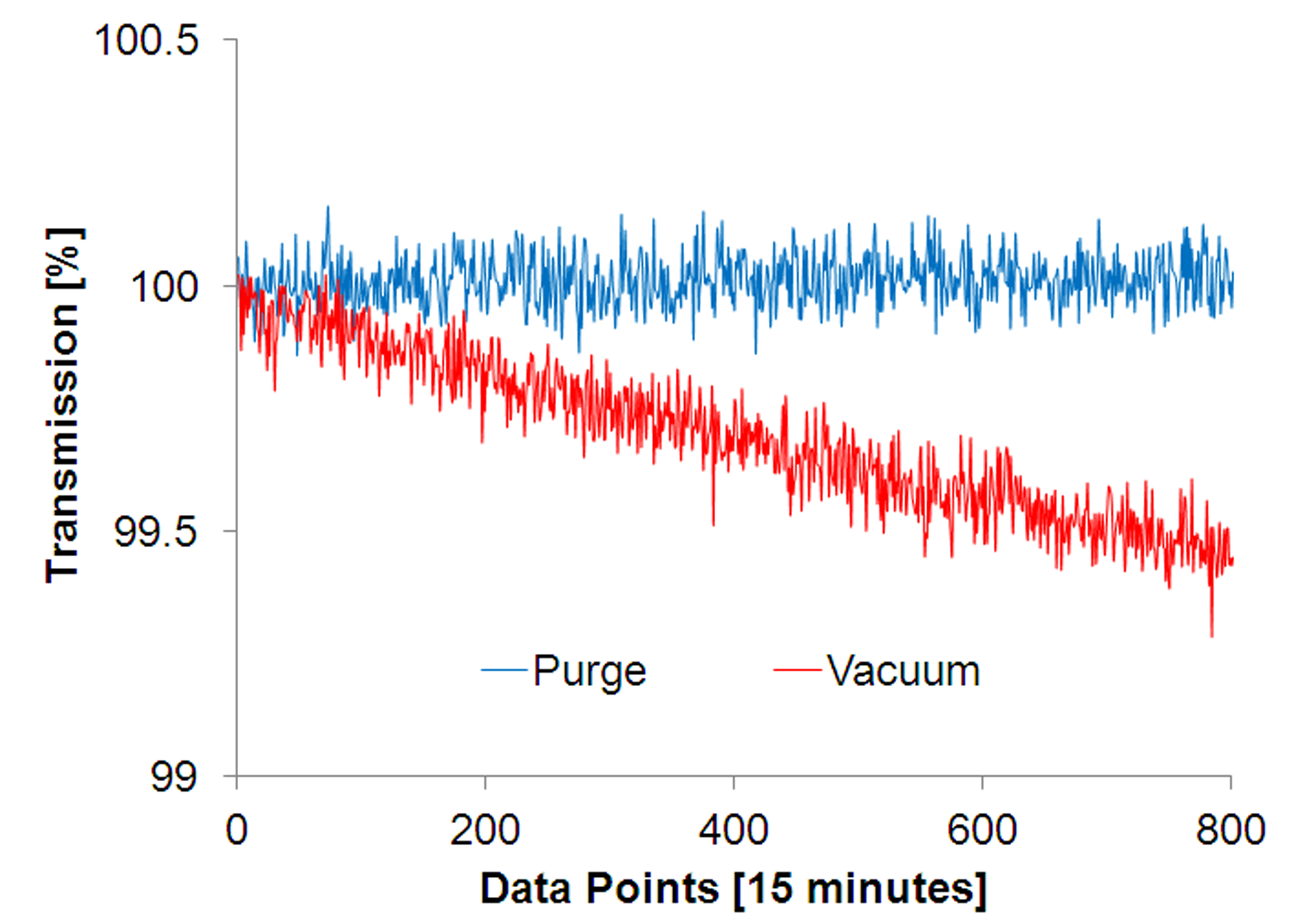 Optical samples measured in a vacuum change, while we watch. The vacuum environment contributes to measureable changes in optical performance. We measured optical transmission samples in high vacuum and then in dry nitrogen to better quantify vacuum contamination and polymerization. The results are useful for metrology and manufacturers of analytical instruments, semiconductor process, material scientists and other researchers. [page 51, May 2018, SPECTROSCOPY magazine]
Wavelength Dependent Performance Loss in the Ultraviolet
Optical samples measured in a vacuum change, while we watch. The vacuum environment contributes to measureable changes in optical performance. We measured optical transmission samples in high vacuum and then in dry nitrogen to better quantify vacuum contamination and polymerization. The results are useful for metrology and manufacturers of analytical instruments, semiconductor process, material scientists and other researchers. [page 51, May 2018, SPECTROSCOPY magazine]
Wavelength Dependent Performance Loss in the Ultraviolet
Measuring Diffraction Grating Efficiency
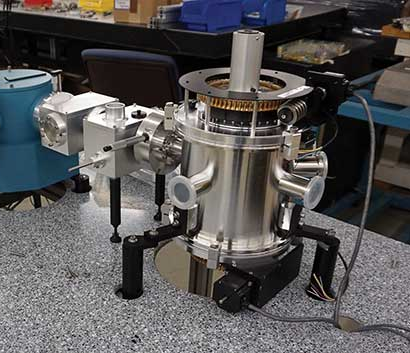 Improvements in the development of gratings and their coatings require knowledge of characteristics only obtained by measuring efficiency at the wavelength and in the geometry of use. It applies to burnished or ruled and replica diffraction gratings, as well as holographic, ion-milled and other groove profile and manufacturing techniques. The polarizer also allows direct measurement S-polarization, which does not follow cosK dependence like P-plane. UV gratings for applications such as thermonuclear fusion’s promise of clean energy, phosphors for more efficient lighting and semiconductor light sources to fit more features on smaller silicon chips all benefit from improved analytical instruments and diagnostic metrology in the deep and vacuum ultraviolet. [page 54, February 2018, PHOTONICS SPECTRA]
Measuring Diffraction Grating Efficiency
Improvements in the development of gratings and their coatings require knowledge of characteristics only obtained by measuring efficiency at the wavelength and in the geometry of use. It applies to burnished or ruled and replica diffraction gratings, as well as holographic, ion-milled and other groove profile and manufacturing techniques. The polarizer also allows direct measurement S-polarization, which does not follow cosK dependence like P-plane. UV gratings for applications such as thermonuclear fusion’s promise of clean energy, phosphors for more efficient lighting and semiconductor light sources to fit more features on smaller silicon chips all benefit from improved analytical instruments and diagnostic metrology in the deep and vacuum ultraviolet. [page 54, February 2018, PHOTONICS SPECTRA]
Measuring Diffraction Grating Efficiency
Spectrometers for Imaging Applications
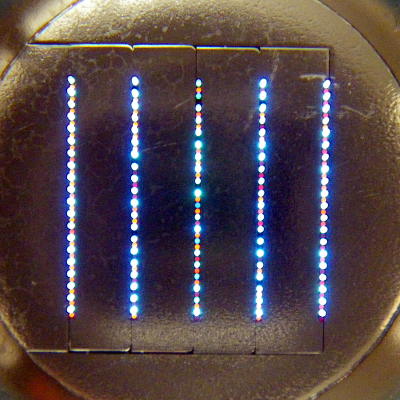 Development and use of novel optics in McPherson instruments improves imaging and suits two-dimensional CCD, CMOS and intensified detectors. No optical system is perfect, and the best choice of optics depends totally on the needs of the experiment. Balancing cost, complexity, surface quality, imaging performance, and spectral resolution, requires serious consideration before making an investment. Imaging spectrometers...
Development and use of novel optics in McPherson instruments improves imaging and suits two-dimensional CCD, CMOS and intensified detectors. No optical system is perfect, and the best choice of optics depends totally on the needs of the experiment. Balancing cost, complexity, surface quality, imaging performance, and spectral resolution, requires serious consideration before making an investment. Imaging spectrometers...
Gas Purging Keeps UV Systems Healthy
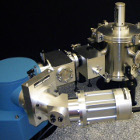 Photochemical deposition of organic films is a significant cause of performance loss in ultraviolet systems; when feasible, it can be reduced or eliminated with inert gas purging. As it appered in PHOTONICS SPECTRA. Purged vacuum ultraviolet spectroscopy...
Photochemical deposition of organic films is a significant cause of performance loss in ultraviolet systems; when feasible, it can be reduced or eliminated with inert gas purging. As it appered in PHOTONICS SPECTRA. Purged vacuum ultraviolet spectroscopy...
Scintillator Coating for VUV Detection
 Sodium salicylate has been used extensively as a wavelength converter in the vacuum ultraviolet (vuv) spectral region. When excited by radiant energy of wavelengths shorter than about 350 nanometers, salicylate fluoresces in a band centered at ~420 nanometers. The usefulness of sodium salicylate results from its ...Read more
Sodium salicylate has been used extensively as a wavelength converter in the vacuum ultraviolet (vuv) spectral region. When excited by radiant energy of wavelengths shorter than about 350 nanometers, salicylate fluoresces in a band centered at ~420 nanometers. The usefulness of sodium salicylate results from its ...Read more
How to Specify a Monochromator
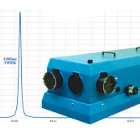 A few considerations to help draw up an informed spectrometer specification...wavelength range, spectral resolution or resolving power, f number (aperture ratio) or numerical aperture, stray light rejection, wavelength accuracy and reproducibility, level of automation, number of ports... Read more
A few considerations to help draw up an informed spectrometer specification...wavelength range, spectral resolution or resolving power, f number (aperture ratio) or numerical aperture, stray light rejection, wavelength accuracy and reproducibility, level of automation, number of ports... Read more
Popular Spectrometer Designs
 Popular spectrometer designs, the ones we've been asked to build again and again over the last 60 years. An overview of the optical designs proven to be useful for performance in a range of experimental situations. Read more...
Popular spectrometer designs, the ones we've been asked to build again and again over the last 60 years. An overview of the optical designs proven to be useful for performance in a range of experimental situations. Read more...